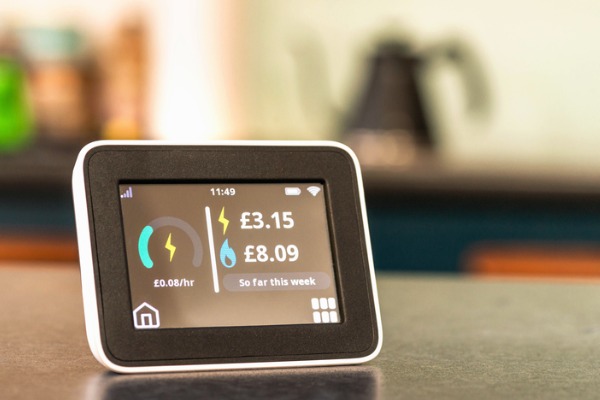Energy Bills Support Scheme takes some of sting out of soaring bills
18th November 2022 10:38
by Myron Jobson from interactive investor
Cost-of-living squeeze on budgets remains firm, says Myron Jobson.

- New government figures released today reveal over 27 million households across Great Britain received money off their energy bills last month as the Energy Bills Support Scheme provided £1.8 billion in payments.
Commenting, Myron Jobson, Senior Personal Finance Analyst, interactive investor, says: “The Energy Bills Support Scheme has undoubtedly taken some of the sting out of the meteoric rise in household energy bills, but with the cost of others key areas of spending like food going through the roof, the cost-of-living stranglehold on budgets remains firm for many.
- Find out about: Free regular investing | Interactive investor Offers | ii Super 60 Investments
“Our calculations reveal that the £400 discount, distributed in six instalments, starting with £66 in October and November, then £67 every month thereafter, means the average household will spend 8% of their entire budget on energy bills over the six-month period to the end of March, instead of 11%. This is still up from last winter when spend on gas and electricity bills amounted to 6% of household budget.
“The situation remains bleak for poorer households. They could spend almost 16% of their budget on energy bills over the same period with the £400 discount taken into account, instead of 23% without it. But this group could still spend twice as much on gas and electricity bills this winter than they did last year.
“For higher earners, the £400 discount means they could spend the same percentage (3%) of their budget on energy bills as they did last year, instead of 5%.
“In his Autumn Statement, the chancellor confirmed that the government’s energy price cap guarantee scheme, which currently keeps average bills at £2,500, will remain in place in April but will be less generous and more targeted thereafter which could trigger fresh spikes in energy bills for many households – resulting in another cost-of-living squeeze on budgets come spring. As such, it remains important to have a comprehensive understanding of your financial position and make the necessary adjustments to ensure that your financial position holds strong long after cost-of-living easing measures expire.”
| Low income | Middle income | High income | |
| Energy as % of household budget in October 2021 | 8% | 6% | 3% |
| Energy as % of household budgets from Oct 2022 WITH £400 grant | 16% | 8% | 3% |
| Energy as % of household budgets from Oct 2022 WITHOUT £400 grant | 23% | 11% | 5% |
Source: Ofgem, ONS Family Spending report. Calculations by interactive investor.
These articles are provided for information purposes only. Occasionally, an opinion about whether to buy or sell a specific investment may be provided by third parties. The content is not intended to be a personal recommendation to buy or sell any financial instrument or product, or to adopt any investment strategy as it is not provided based on an assessment of your investing knowledge and experience, your financial situation or your investment objectives. The value of your investments, and the income derived from them, may go down as well as up. You may not get back all the money that you invest. The investments referred to in this article may not be suitable for all investors, and if in doubt, an investor should seek advice from a qualified investment adviser.
Full performance can be found on the company or index summary page on the interactive investor website. Simply click on the company's or index name highlighted in the article.